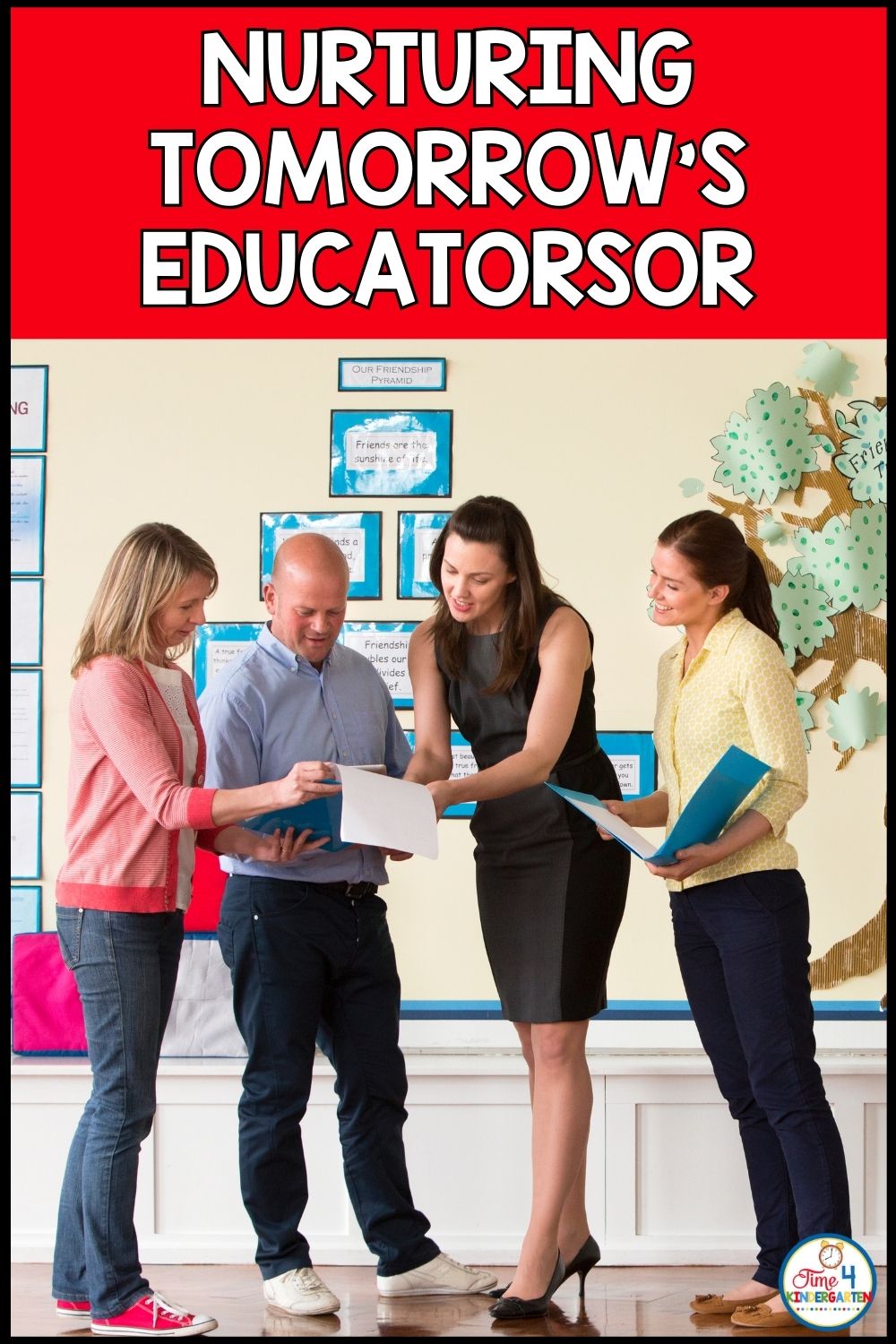Welcome to the exciting world of student-teaching partnerships! As a mentor teacher, fostering a positive and effective relationship is key to creating a dynamic learning environment. Discover essential tips to enhance the student-teacher experience, promoting growth and success for both parties involved.
Getting Started
Before the first day, meet with the student teacher. Give them a tour of the school. introduce them to all of the people they may need to work with, such as your grade-level teammates, the office staff, the principal, the custodian, and the librarian. Show them where the lunchroom is, how to use the copy machine, or where they can find classroom supplies. Let them know about school policies, such as dress codes.
Make Your Student Teacher Feel Welcomed:
Provide a designated workspace in the classroom for your student-teacher. Provide them with a notebook and a few pens/markers. Send home to families an introduction letter about the change in the classroom and how excited you are to welcome the student-teacher.
Clear Communication:
Communication is the cornerstone of any successful relationship, and the student-teacher partnership is no exception. Regular and open communication ensures that expectations are clear, goals are aligned, and challenges are addressed promptly. Clearly articulate expectations and goals for the student teaching period. build into your daily routine a time for the two of you to talk.Set Expectations:
Define roles and responsibilities for yourself and the student-teacher. Setting clear expectations from the beginning is crucial for a smooth and successful student teaching experience.
Encourage Observation and Reflection:
The first few days should be reserved for observing and starting to help with transitions and duties. Encourage regular observations in your classroom and classrooms in the school. Student-teachers can benefit immensely from observing experienced teachers in action and reflecting on their own teaching practices.Utilize Technology:
Explore educational tools, online resources, and collaboration platforms to facilitate communication, lesson planning, and resource sharing. You might consider using a shared Google Drive folder or working in a Google Doc or presentation together when planning and collaborating. This not only streamlines processes but also introduces students to valuable tools for their future careers.Support Professional Development:
Encourage your student-teacher to attend workshops, conferences, or online courses with you. As a mentor-teacher, you can share insights and experiences to contribute to the student's growth as an educator. A successful student-teacher relationship extends beyond the classroom.Create a Positive Environment:
Create a classroom atmosphere that values diversity, inclusivity, and positivity. Both student-teacher and mentor-teacher should feel comfortable expressing their unique perspectives and ideas. A positive environment fosters creativity, engagement, and mutual respect, contributing to a more enjoyable and enriching teaching and learning experience.Goal Setting:
Look at a calendar and plan backward. Determine when their take-over week(s) will occur. Make sure they have ample time to teach lessons in all subjects before their solo-teaching time. Help the student teacher set personal and professional goals. Align goals with the broader objectives of the teaching program.Provide Constructive Feedback:
Offer regular and constructive feedback on teaching performance.Focus on strengths and areas for improvement. Mentor teachers should provide constructive feedback, focusing on strengths and areas for improvement.
Facilitate Networking:
Introduce the student teacher to professional networks and colleagues. Foster connections for future collaboration and support. Encourage the student-teacher to participate in staff meetings and other staff opportunities.Promote Work-Life Balance:
Emphasize the importance of maintaining a healthy work-life balance. Share strategies for managing stress and staying motivated.Encourage Questions and Curiosity:
Create an environment where questions are welcomed and curiosity is nurtured. Support the exploration of different teaching approaches. By incorporating these tips, both mentor teachers and student teachers can contribute to a positive, growth-oriented, and enriching learning experience.The Student-Teacher Takeover
Some teachers find it difficult to "let go" of their classrooms during the take-over time. This is the time your student teacher truly needs to be allowed the opportunity to take ownership of the classroom. Devise a plan beforehand of the times you will be working in the classroom. This could be to assist the student-teacher with small groups or to complete assessments.When you are not in the classroom, use this time to plan ahead, organize files, inventory materials, write a grant, or clean out a closet. You can also take this time to observe colleagues, read an educational book on teaching techniques, or do a gallery walk through your school. Use the time to reflect on your own teaching practices.
A successful student-teacher relationship is built on a foundation of effective communication, clear expectations, and a commitment to growth. By implementing these tips, you can create a positive and enriching experience for all. Together, you'll embark on a journey of learning, collaboration, and professional development, setting the stage for a bright future in education.




No comments
Post a Comment